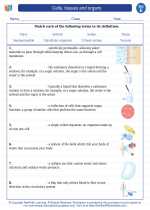Depth
Depth is a measurement of how deep something is, typically related to the distance from the top or surface to the bottom of an object, substance, or body of water. It is an important concept in various scientific fields, including physics, oceanography, and geology.
Types of Depth
There are several types of depth that are commonly studied:
- Depth in Water: This refers to the distance from the surface of the water to the bottom of a body of water, such as a lake, ocean, or swimming pool.
- Depth of Soil: This is the distance from the surface of the soil to the bedrock or another underlying layer.
- Depth in Physics: In physics, depth can refer to the distance from the surface of an object to its farthest point in the direction of the observer.
Units of Measurement
Depth can be measured using various units, including:
- Meters (m): The standard unit of depth in the International System of Units (SI).
- Feet (ft): Commonly used in the United States for measuring depth, especially in construction and civil engineering.
- Fathoms: A unit of measurement used for depth in maritime and nautical contexts, especially for measuring the depth of water.
Factors Affecting Depth
The depth of a body of water or the depth of soil can be influenced by several factors, including:
- Geological Processes: Such as erosion, sedimentation, and tectonic activity, can affect the depth of bodies of water and soil.
- Human Activities: Human actions such as dredging, excavation, and construction can alter the natural depth of water bodies and soil layers.
- Climate and Weather: Factors such as rainfall, temperature, and evaporation can impact the depth of water bodies and the moisture content of soil.
Study Guide
To study the concept of depth effectively, consider the following key points:
- Understand the different types of depth and their relevance to specific scientific disciplines.
- Learn to convert between different units of depth (e.g., meters to feet or fathoms).
- Explore how depth is measured using scientific instruments such as sonar, depth gauges, and soil probes.
- Investigate the impact of human activities on the depth of water bodies and soil layers.
- Examine case studies related to changes in depth due to natural processes or human interventions.
By mastering the concept of depth and its applications, you can gain a deeper understanding of various natural and artificial phenomena related to the depth of water bodies, soil layers, and physical objects.
[Depth] Related Worksheets and Study Guides:
.◂Science Worksheets and Study Guides Fifth Grade. Cells, tissues and organs

 Worksheet/Answer key
Worksheet/Answer key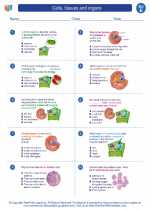
 Worksheet/Answer key
Worksheet/Answer key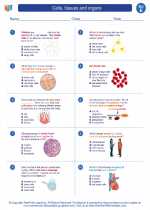
 Worksheet/Answer key
Worksheet/Answer key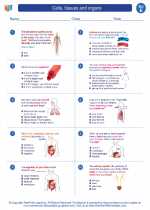
 Vocabulary/Answer key
Vocabulary/Answer key
 Vocabulary/Answer key
Vocabulary/Answer key
 Vocabulary/Answer key
Vocabulary/Answer key
 Vocabulary/Answer key
Vocabulary/Answer key
 Vocabulary/Answer key
Vocabulary/Answer key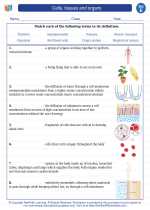
 Vocabulary/Answer key
Vocabulary/Answer key